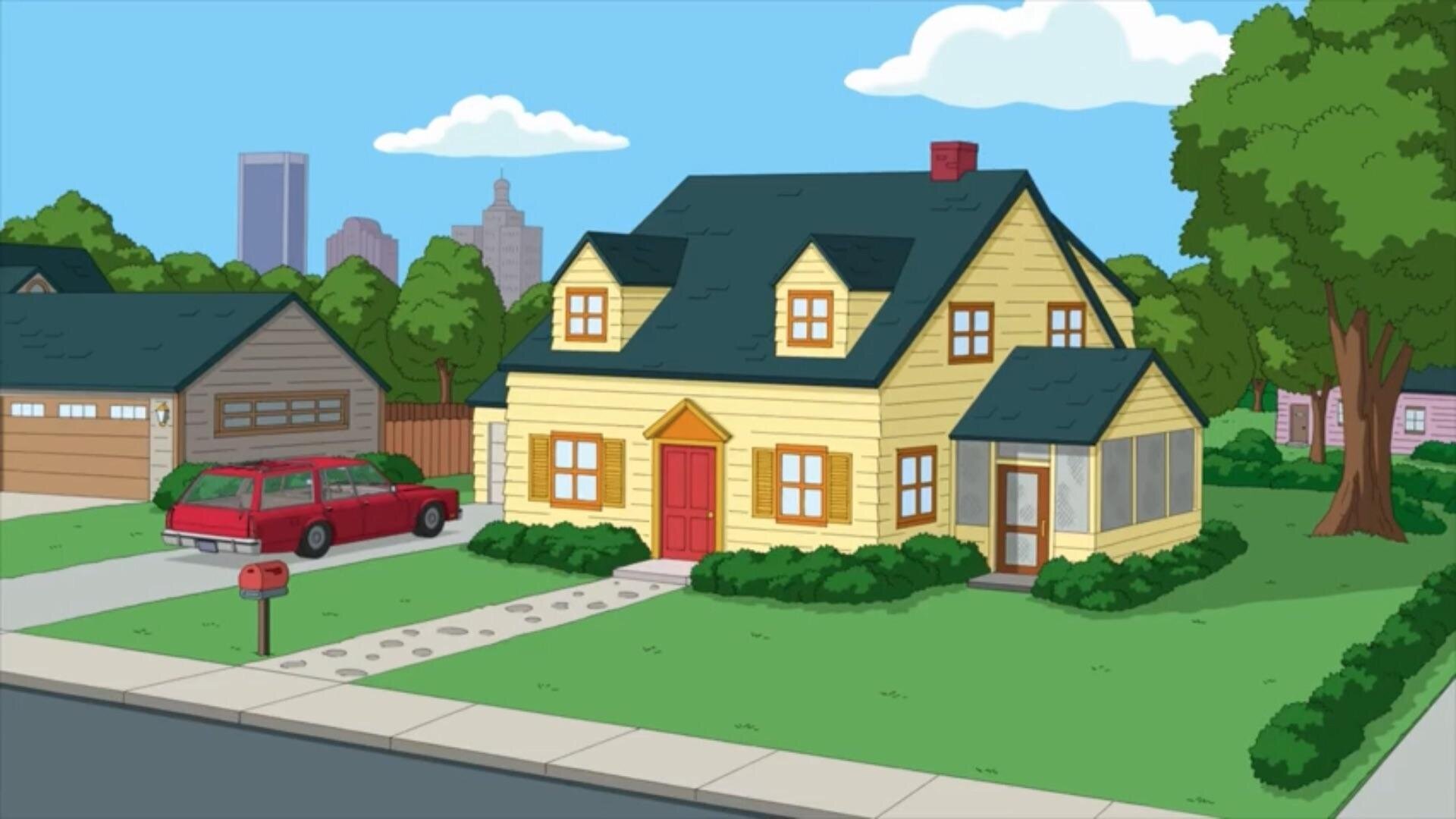A Musical Introduction is an Establishing Shot
If you’ve ever watched a sitcom, you’re familiar with the “establishing shot”. It’s those few seconds at the top of a scene that show you the exterior of the location for what’s about to take place.
The establishing shot serves a few useful purposes. It helps us get a feel for the time and place of the story. It gives us a transition from the previous scene (or commercial break) so we aren’t just jumping suddenly into a new scene. And it provides us with a moment to process what we just saw, as well as clear some mental space for the next thing to come.
All of these functions are important in music, too. Although it can sometimes be effective to dive right into your main material, a short introduction gives us a chance to settle into the piece before things really get going. An intro gives us a moment to drop whatever we’re carrying in our minds (such as the previous piece of music) and get into a new space.
An introduction also helps establish some basic ground rules of the piece. This usually means the key and mode (major/minor/etc.), tempo, and instrumental palette. It doesn’t have to be fancy; most of the time all of this can be accomplished with a short vamp on the opening chord progression.
When it comes to constructing your form, an introduction is discretionary. But because it does more than just add time to the beginning of your piece, the usefulness and importance of an introduction, even a very basic and unremarkable one, should not be overlooked.
Are you interested in studying music with a professional composer? I now offer private instruction via Skype in composition, harmony, orchestration and music production. Visit my lessons page for more information!
